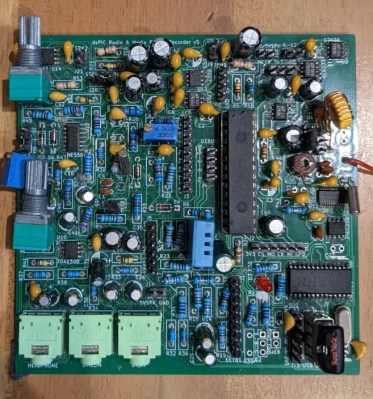Most humans with two ears have a pretty good sense of directional hearing. However, you can build equipment to localize audio sources, too. That’s precisely what [Sam], [Ezra], and [Ari] did for their final project for the ECE4760 class at Cornell this past Spring. It’s an audio localizer!
The project is a real-time audio localizer built on a Raspberry Pi Pico. The Pico is hooked up to three MEMS microphones which are continuously sampled at a rate of 50 kHz thanks to the Pico’s nifty DMA features. Data from each microphone is streamed into a rolling buffer, with peaks triggering the software on the Pico to run correlations between channels to determine the time differences between the signal hitting each microphone. Based on this, it’s possible to estimate the location of the sound source relative to the three microphones.
The team goes into great deal on the project’s development, and does a grand job of explaining the mathematics and digital signal processing involved in this feat. Particularly nice is the heatmap output from the device which gives a clear visual indication of how the sound is being localized with the three microphones.
We’ve seen similar work before, too, like this project built to track down fireworks launches. Video after the break.
Continue reading “Audio Localization Gear Built On The Cheap”



















